Expected Post-Training Soreness vs Injury
Expected Post-Training Soreness vs Injury
Expected Post-Training Soreness vs Injury
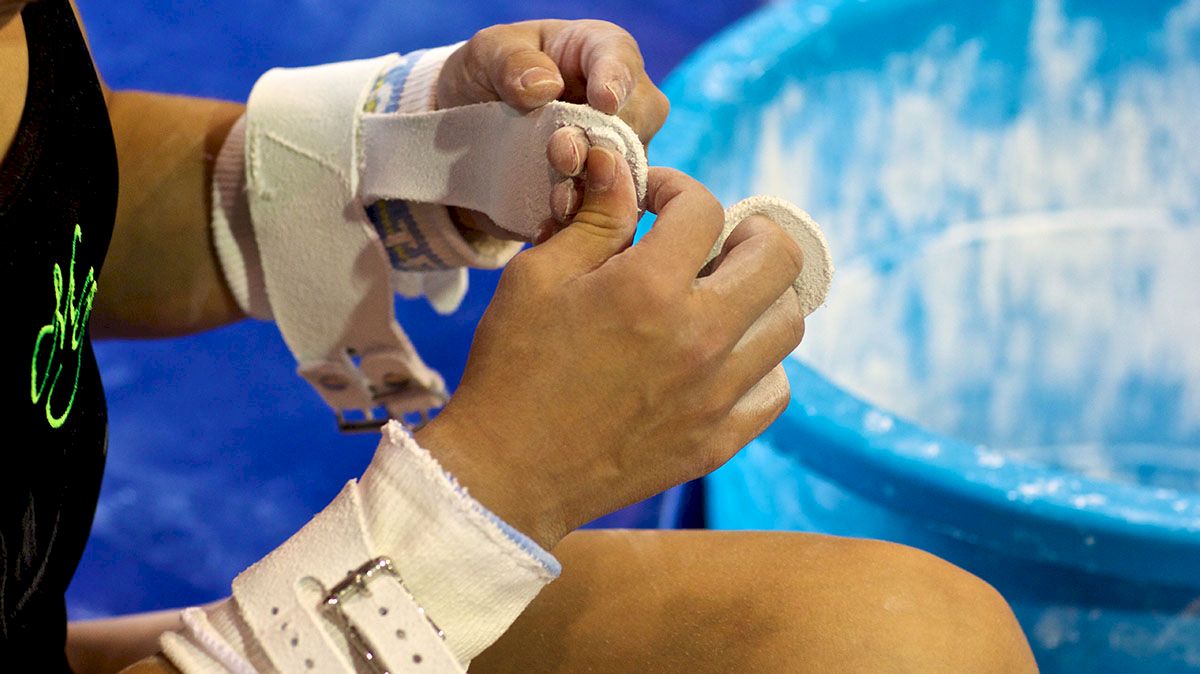

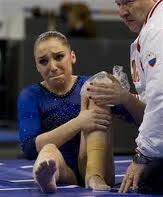 It can be hard as a parent, coach, or athlete to determine if you or your athlete is feeling pain verses normal muscle soreness. I would like to help define muscle soreness verses injury.
It can be hard as a parent, coach, or athlete to determine if you or your athlete is feeling pain verses normal muscle soreness. I would like to help define muscle soreness verses injury.*What is the difference between muscle soreness and injury?
Muscle soreness: felt in the muscle belly, lasting 1-2 days post intense workout, felt upon stretch or contraction of the muscle, progressively decreasing in intensity.
Injury: pain felt without change in activity, lasting more than 3 days post workout, felt upon rest, outside the muscle belly such as joint lines, tendon and ligament insertions, consistent pain (ie. pain with specific skills such as handstands, backwalkovers, dismounts, and etc.), leading to disability, no change over time or progressively worsening, redness, swelling, or numbness and tingling are present.
*What are signs and symptoms my athlete is having pain which is related to injury but may not be telling me?
Icing or heating after practice. Taking NSAIDs (Ibprofen, Tylenol, alieve). Limping at home or after certain skills or events. Favoring one side on skills. Athlete not being as aggressive as normal. A lot of balking or not wanting to perform a skill. Excessively rubbing certain body parts. Wincing with impact or landings. May develop what appears to be a fear of a skill, but is actually avoidance of pain. Noticeable swelling or bruising
*What should I do if I suspect injury?
If you expect injury it is best to seek assistance from a medical provider sooner than later. Develop a relationship with a physical therapist or doctor who can assess the athlete to determine injury verses muscle soreness. Pain is an indicator that something is malfunctioning; it is your body asking for assistance. The longer you ignore the bodies cry for help the more break down will result. Therefore, when you feel these abnormal sensations, learn to recognize them, listen to your bodies cry for help and take action. Taking action sooner than later will result in decreased healing times, faster recovery time, less time loss from the gym, and faster return to full sport activities.
Blog written by: Alicia Shugart, Texas State Physical Therapy Student and Brandi Smith-Young, PT
Photo from: shannonmillerlfestyle.com
For more visit www.perfect10physicaltherapy.com
Related Content
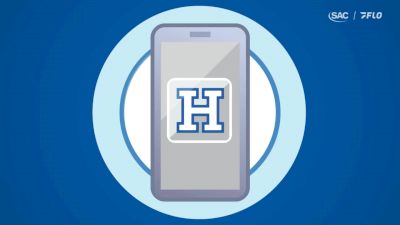 Replay: Lander vs Mars Hill | Mar 28 @ 6 PM
Replay: Lander vs Mars Hill | Mar 28 @ 6 PMMar 29, 2024
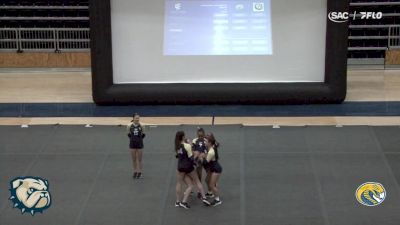 Replay: Coker vs Wingate | Mar 21 @ 6 PM
Replay: Coker vs Wingate | Mar 21 @ 6 PMMar 22, 2024
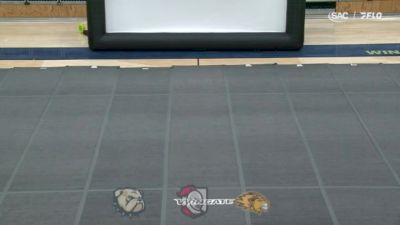 Replay: Wingate Tri-Meet - Acrobatics & Tumbling | Mar 15 @ 5 PM
Replay: Wingate Tri-Meet - Acrobatics & Tumbling | Mar 15 @ 5 PMMar 15, 2024
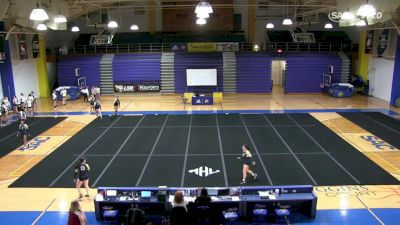 Replay: Mars Hill Tri-Meet | Feb 16 @ 6 PM
Replay: Mars Hill Tri-Meet | Feb 16 @ 6 PMFeb 17, 2024
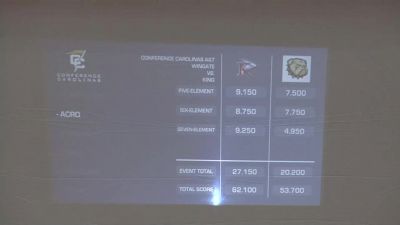 Replay: King (TN) vs Wingate - 2024 2024 King (TN) vs Wingate - Acrobatics & Tumbling | Feb 10 @ 4 PM
Replay: King (TN) vs Wingate - 2024 2024 King (TN) vs Wingate - Acrobatics & Tumbling | Feb 10 @ 4 PMFeb 10, 2024
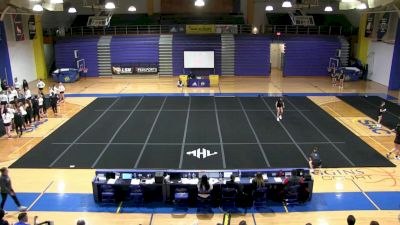 Replay: Belmont Abbey vs Mars Hill | Feb 10 @ 3 PM
Replay: Belmont Abbey vs Mars Hill | Feb 10 @ 3 PMFeb 10, 2024
 How to Watch: 2024 King (TN) vs Wingate - Acrobatics & Tumbling | Gymnastics
How to Watch: 2024 King (TN) vs Wingate - Acrobatics & Tumbling | GymnasticsFeb 10, 2024
 How to Watch: 2024 Wingate Tri-Meet | Gymnastics
How to Watch: 2024 Wingate Tri-Meet | GymnasticsFeb 8, 2024
 How to Watch: 2024 Wingate Tri-Meet | Gymnastics
How to Watch: 2024 Wingate Tri-Meet | GymnasticsFeb 8, 2024